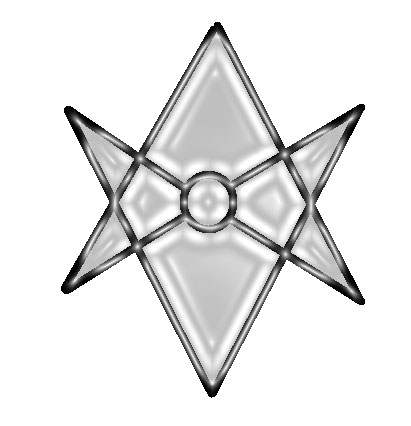Ur – Shulim

The word Shulim means “center of the Four Regions”. The City of Ur-Shulim (not to be confused with the Ur-Shulim said to have become Jerusalem) is believed to have been a center of trade for the different diverse settlements in the Middle East in the pre-Sumerian era. It is the largest known city in this region during that time, dating back to between 11,000 and 16,000 BC, depending on dating methods used. The apparent age of the city makes it a very controversial site.While the age of the city falls the accepted time-frame of human habitation, it pre-dates any known permanent settlements by about 10,000 years.
The city is also far more advanced than any known habitation of the time. It is a large city. The foundation structure, which is all that remains, indicates that the city was actually divided into two symmetrical halves. In mapping out the ruins the general consensus is that the layout of the city seems to follow a pattern matching a symbol that became known as the Symbol of the Four Regions in Sumeria (which would come later).
The connection here is obvious. The settlers of this city would have been the ancestors of the Sumerians. What is interesting is the symmetry of the city. It is built perfectly. At the center of the city is a mound, the excavation of which is its own study.
The ruins themselves are amazing. All that remains of them are the foundations and a few items that may be pottery or parts of ancient weaponry. No archeological study, however, can produce any evidence of the walls that would have stood above the foundations. In any site like Ur-Shulim, evidence of other parts of the structures can be found, walls, material that might have been thatching, etc. The absence of these structures led earlier expeditions in the early 20th Century to conclude that the site was not a city, but merely a geographic anomaly. The understanding that this site was, in fact, a city is far more recent.
There are no histories that remain to tell us what became of this city, or why only the foundations remain. It is not likely that natural disasters would have left only the foundations with no sign of any other structures. War of any kind would have left more ruins than just the foundations. Weathering could be a culprit, but there are indications that the foundation remains may have, once upon a time, have been of even height. Also, weathering would still have left something of the other structures, if nothing else for those to have been buried under desert sand, much as the rest of the ruins had been for so long.
No, whatever mysteries this location holds, the answers lie in what little has been found among the foundation and pottery and within the mound in the center of the city.
(Image Source:Institute for the Study of the Ancient World / CC BY 2.0)
